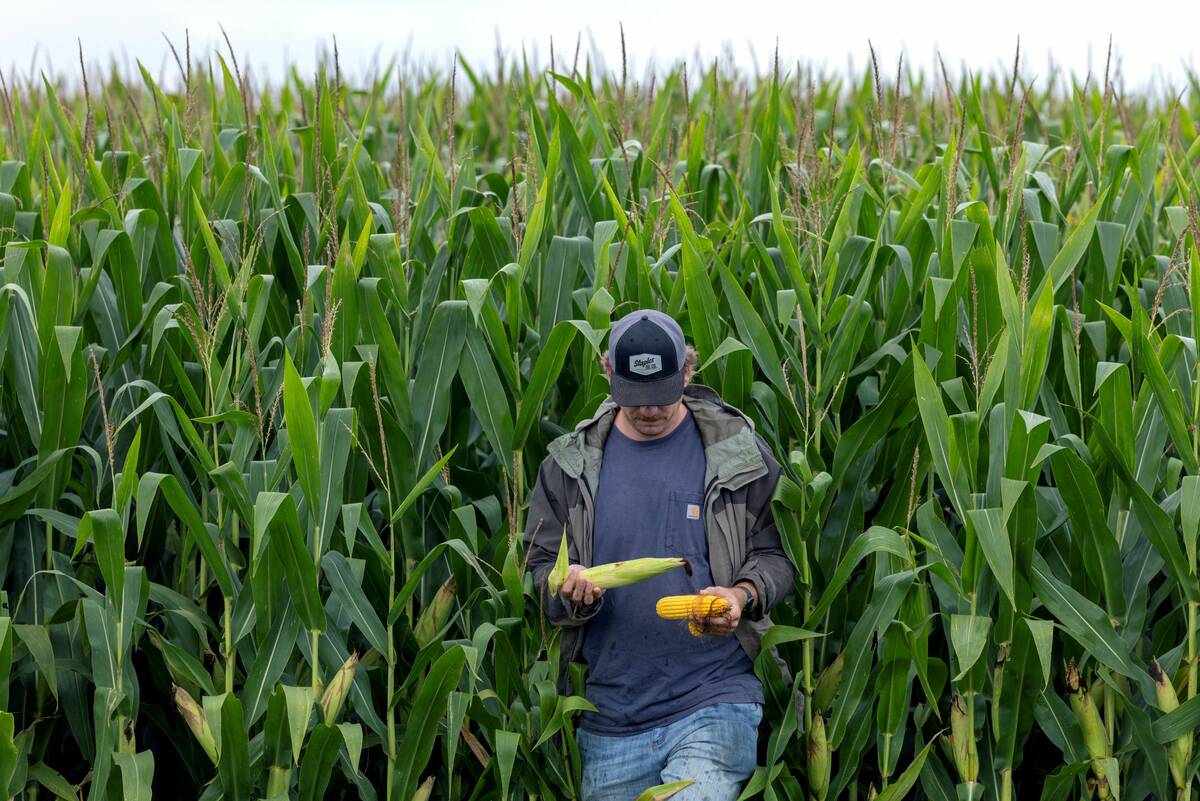Despite ice that persisted on Hudson Bay into early August, the Canadian Wheat Board in 2009 was able to push its second-highest volume of grain in over 30 years through the Arctic port of Churchill.
The CWB, the primary user of the northern Manitoba port, has reported moving 529,000 tonnes of Prairie wheat through Churchill in its shortened 2009 season.
That’s up from about 424,000 tonnes of board grains in 2008, but down from over 620,000 tonnes in 2007 and the board’s record of 729,000 tonnes of wheat and barley in 1977.
Read Also

The U.S. corn crop could be the biggest ever. That’s terrible news for America’s farmers.
The USDA predicts a record corn crop for U.S. farmers, who question the agency’s accuracy amidst high debt and low crop prices.
In all, the CWB said in a release Thursday, 18 vessels loaded wheat or durum at Churchill beginning Aug. 12, bound for Africa, Europe, Mexico and Brazil. The last of those, the Venta, left the port Tuesday with 23,000 tonnes of wheat and durum bound for Europe.
The shipping season for Canada’s only Arctic port generally runs from the end of July to early November. Board wheat and durum were the only commodities passing through Churchill in 2009, the CWB said.
The port’s catchment area for grain generally runs from Prince Albert in northern Saskatchewan east through Humboldt and Canora and into northwestern agricultural Manitoba, north from Swan River and Bowsman up to The Pas.
The CWB operates a Churchill Storage Program which pays farmers in the port’s catchment area to store grain on-farm for delivery through Churchill. The Churchill season begins well before new crop is harvested each summer, and relies on grain stored from the prior year, the CWB said.
Moving grain through Churchill saves Prairie farmers money on transportation through reduced rail-freight costs and the elimination of St. Lawrence Seaway charges, but the port is “heavily reliant” on CWB grain for its viability, the board said.
“We are committed to maintaining Churchill as a viable alternative for Prairie farmers, and we are proud to contribute to the port’s success as the primary user of the facility,” CWB CEO Ian White said in the board’s release Thursday.
Grain, passengers and other rail traffic reach Churchill over about 1,100 km of track laid on heaving northern Manitoba terrain.











